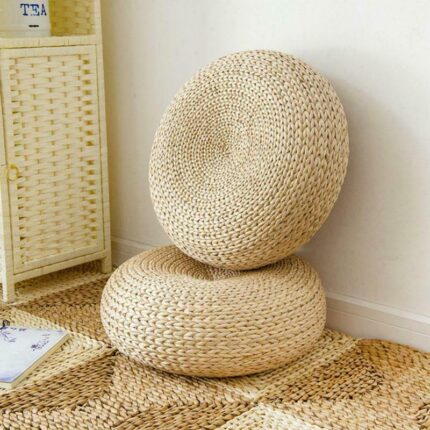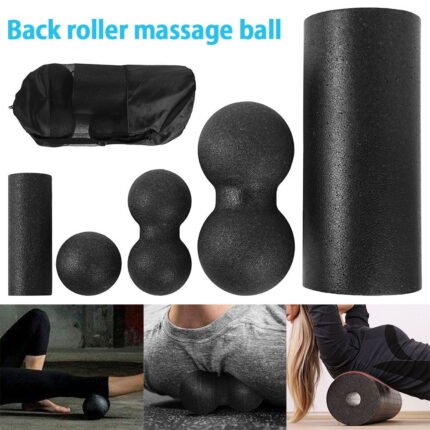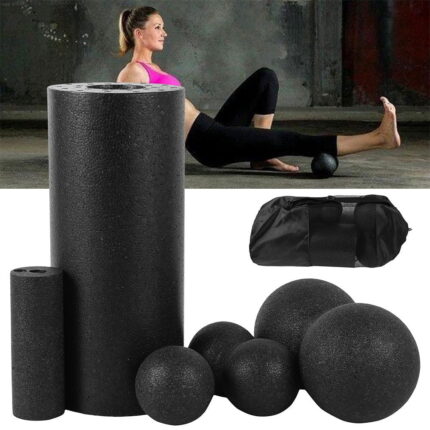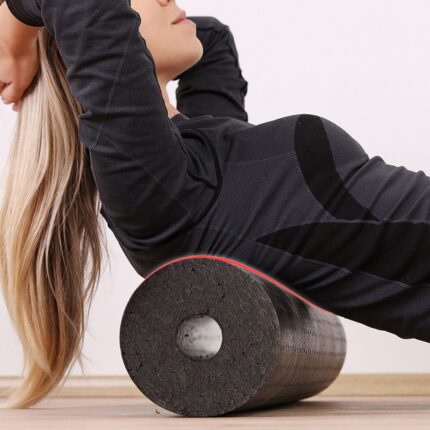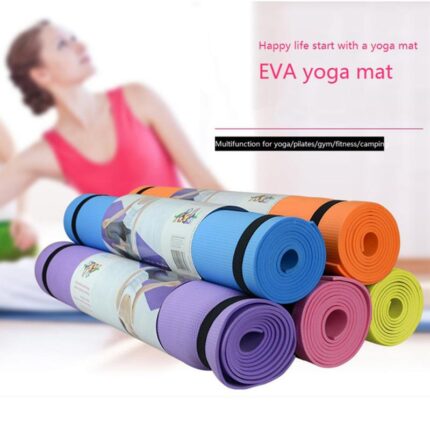BEST SELLERS
Blog
Yoga Tips for Better Sleep and Relaxation
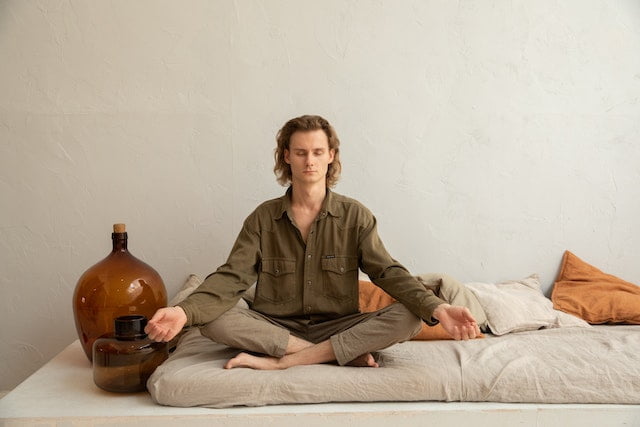
Yoga Tips for Better Sleep and Relaxation: Achieve Tranquility through Mindful Practice
Introduction
In today’s fast-paced world, where stress and anxiety have become a part of our daily lives, finding effective ways to unwind and achieve better sleep is essential for our overall well-being. One such method that has gained significant popularity is the practice of yoga. Combining gentle movements, controlled breathing, and meditation, yoga offers a holistic approach to achieve relaxation and promote a restful night’s sleep. In this article, we will explore various yoga tips and techniques that can help you experience tranquility, both in body and mind.
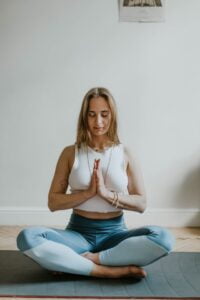 Understanding the Importance of Sleep and Relaxation
Understanding the Importance of Sleep and Relaxation
Quality sleep and relaxation are vital for maintaining good physical and mental health. Adequate sleep not only restores our energy levels but also plays a crucial role in memory consolidation, immune function, and emotional well-being. However, many individuals struggle to achieve a restful night’s sleep due to stress, anxiety, or a racing mind. This is where yoga can offer valuable support.
The Link Between Yoga and Better Sleep
Yoga is an ancient practice that originated in India and has been passed down through generations. It combines physical postures, breathing exercises, and meditation to promote balance, flexibility, and mental clarity. When practiced mindfully, yoga can help calm the nervous system, reduce stress, and prepare the body for a deep and restorative sleep.
Preparing Your Space for Yoga Practice
Before diving into your yoga practice, it’s essential to create a conducive environment that promotes relaxation. Here are a few simple steps to prepare your space:
- Find a quiet and clutter-free area in your home.
- Ensure the room is well-ventilated and at a comfortable temperature.
- Dim the lights or use soft, warm lighting.
- Play soothing music or nature sounds, if desired.
- Gather any props or accessories you may need, such as a yoga mat, blocks, or blankets.
Essential Yoga Poses for Better Sleep and Relaxation
Regularly practicing specific yoga poses can help release tension, stretch tight muscles, and prepare your body for a restful sleep. Here are five essential yoga poses for better sleep and relaxation:
Child’s Pose
Child’s Pose is a gentle resting pose that helps relax the body and mind. Begin by kneeling on your mat, sitting back on your heels, and folding your torso forward, resting it between your thighs. Extend your arms in front of you or alongside your body. Take slow, deep breaths, allowing yourself to surrender and let go of any tension.
Legs Up the Wall Pose
Legs Up the Wall Pose is a restorative pose that promotes blood circulation and relieves tired legs. Start by sitting sideways against a wall and then gently swing your legs up the wall, lying down on your back. Rest your arms alongside your body or place them on your abdomen. Close your eyes and breathe deeply, feeling the gentle stretch and release throughout your body.
 Standing Forward Bend
Standing Forward Bend
Standing Forward Bend helps release tension in the back and hamstrings, promoting a sense of calmness. Stand with your feet hip-width apart, and slowly fold forward, reaching your hands toward the ground or resting them on your shins. Allow your head and neck to relax. Breathe deeply, feeling the stretch in your hamstrings and the release in your spine.
Reclining Bound Angle Pose
Reclining Bound Angle Pose is a restorative pose that opens the hips and releases tension in the lower back. Lie down on your back and bring the soles of your feet together, allowing your knees to fall gently apart. Place a bolster or folded blankets under your knees for support. Close your eyes, relax your arms alongside your body, and focus on your breath.
Corpse Pose
Corpse Pose is the final relaxation pose that allows your body and mind to integrate the benefits of your yoga practice. Lie down on your back, arms relaxed at your sides, palms facing up. Close your eyes and focus on your breath. Allow yourself to fully surrender and let go, embracing a state of deep relaxation.
Incorporating Breathing Exercises for Relaxation
In addition to yoga poses, incorporating specific breathing exercises can further enhance relaxation and promote better sleep. Here are three breathing exercises you can practice:
Nadi Shodhana (Alternate Nostril Breathing)
Nadi Shodhana is a simple yet powerful breathing technique that helps balance the left and right hemispheres of the brain. Sit comfortably, close your right nostril with your right thumb, and inhale through your left nostril. Then, close your left nostril with your ring finger, release your right nostril, and exhale through it. Repeat this cycle, alternating nostrils, for several rounds.
Ujjayi Breathing (Victorious Breath)
Ujjayi Breathing is often referred to as the “Victorious Breath” due to its calming and soothing effect on the nervous system. Start by taking slow, deep breaths in and out through your nose. As you exhale, slightly constrict the back of your throat, creating a gentle “ocean-like” sound. Continue this rhythmic breathing pattern throughout your practice.
Sheetali Pranayama (Cooling Breath)
Sheetali Pranayama is a cooling breath technique that can help alleviate stress and reduce body heat. Roll your tongue into a tube-like shape or purse your lips, creating a small “O” shape. Inhale slowly through your curled tongue or pursed lips, allowing the breath to cool your mouth and throat. Exhale gently through your nose. Repeat this cycle for several rounds.
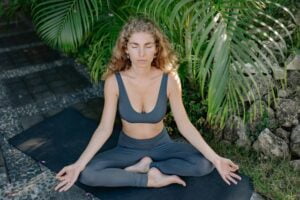 Creating a Bedtime Yoga Routine
Creating a Bedtime Yoga Routine
Establishing a bedtime yoga routine can signal to your body that it’s time to unwind and prepare for sleep. Here’s a suggested sequence to follow:
- Begin with a few gentle stretches and movements to warm up your body.
- Progress into the essential yoga poses mentioned earlier, holding each pose for 5-10 deep breaths.
- Incorporate the breathing exercises, focusing on slow, mindful breathing.
- End your routine with a few minutes of meditation or deep relaxation in Corpse Pose.
- Transition to your bed for sleep, maintaining the calm and peaceful state you cultivated throughout your practice.
Using Props and Accessories for Enhanced Comfort
Props and accessories can enhance your yoga practice, providing support and comfort. Consider incorporating the following:
- Yoga mat: Provides stability and cushioning.
- Blocks: Assist in modifying poses and reaching the ground with ease.
- Bolsters: Offer support during restorative poses.
- Blankets: Provide warmth and additional padding.
- Eye pillow: Helps to relax and soothe the eyes during meditation or Savasana.
Additional Tips for a Restful Sleep
In addition to your yoga practice, here are a few additional tips to promote a restful sleep:
- Establish a consistent sleep schedule, going to bed and waking up at the same time each day.
- Create a relaxing bedtime routine, avoiding stimulating activities before sleep.
- Limit exposure to electronic devices, especially blue light, in the evening.
- Create a comfortable sleep environment, with a supportive mattress, suitable pillows, and appropriate room temperature.
- Avoid consuming caffeine or heavy meals close to bedtime.
Conclusion
Incorporating yoga into your daily routine can significantly improve your sleep quality and overall well-being. By practicing gentle yoga poses, breathing exercises, and mindfulness, you can create a sanctuary of calmness and achieve a more restful sleep. Remember to listen to your body, be patient with your progress, and embrace the journey towards a tranquil mind and body.
















